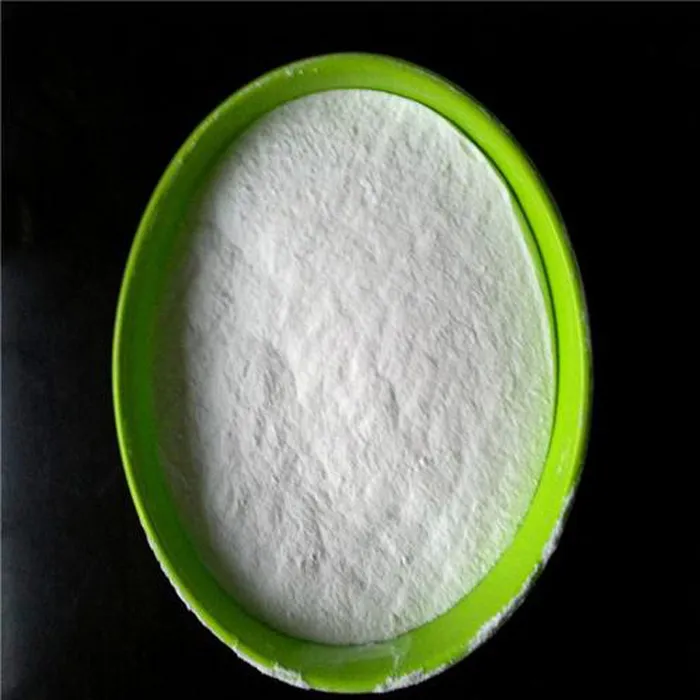Understanding Chemical Use in Effluent Treatment Plants (ETPs)
Effluent Treatment Plants (ETPs) play a crucial role in managing the wastewater generated by industries, ensuring that the contaminants are treated effectively before being released into the environment. A critical component of this treatment process involves the use of various chemicals, which are designed to enhance the removal of pollutants, facilitate the breakdown of harmful substances, and improve overall treatment efficiency. Understanding the types and purposes of these chemicals is essential for effective wastewater management.
The Role of Chemicals in ETPs
Chemicals in ETPs serve multiple purposes, ranging from coagulation and flocculation to disinfection. Each process requires specific chemicals, and their selection is crucial for effective treatment outcomes. The following are some common types of chemicals used in ETPs
1. Coagulants These are substances that help in the aggregation of impurities in the water. Common coagulants include aluminum sulfate (alum) and ferric chloride. They neutralize the charges on colloidal particles, allowing them to clump together and settle out of the solution.
2. Flocculants Often used in conjunction with coagulants, flocculants such as polyacrylamide help further agglomerate the coagulated particles into larger flocs. This makes it easier to remove the contaminants through sedimentation or filtration.
3. pH Adjusters Maintaining the appropriate pH level is vital for the optimal functioning of ETPs. Chemicals such as sulfuric acid or sodium hydroxide are often used to either lower or raise pH levels, ensuring that the chemical reactions occur within the desired range for maximum efficiency.
4. Disinfectants After the treatment process, it is essential to ensure that any remaining pathogens are eliminated. Chlorine, ozone, and ultraviolet (UV) light are common used disinfectants. They effectively kill bacteria, viruses, and other harmful microorganisms, making the treated effluent safer for discharge or reuse.
5. Defoamers Foaming can hinder the treatment process by creating air pockets that reduce the efficiency of operations. Defoamers, typically based on silicone or other materials, are used to minimize foam formation during treatment.
chemical used in etp

6. Nutrient Additives In biological treatment processes, particularly in activated sludge systems, nutrients such as nitrogen and phosphorus may be added to stimulate microbial growth. This enhances the biological degradation of organic matter and improves treatment efficiency.
Considerations for Chemical Use
While chemicals are integral to the functioning of ETPs, their use must be carefully managed to minimize potential environmental impacts and health risks
. Some considerations include- Chemical Selection Choosing the right chemicals based on the specific contaminants present in the effluent is critical. A proper assessment of wastewater composition should guide chemical selection.
- Dosage Control Accurate dosing is essential to avoid chemical overuse, which can lead to secondary pollution or adverse reactions within the treatment system. Automated dosing systems can help achieve precise control.
- Handling and Storage Many treatment chemicals can be hazardous. Proper safety protocols should be established for handling, storage, and disposal to protect workers and the environment.
- Regulatory Compliance ETPs must adhere to local and national regulations regarding the use of chemicals and the quality of discharged effluents. Regular monitoring and reporting are necessary to demonstrate compliance.
Conclusion
The effective use of chemicals in Effluent Treatment Plants is vital for sustainable wastewater management. By employing a variety of chemicals tailored to specific treatment needs, ETPs can significantly reduce pollution levels in wastewater, protecting both human health and the environment. As technology advances, innovations in chemical treatment methods and monitoring systems will continue to improve the efficiency and effectiveness of ETPs, contributing to a cleaner and more sustainable future. It is essential for operators and stakeholders to stay informed about the developments in chemical treatments to optimize their processes and ensure responsible environmental stewardship.

